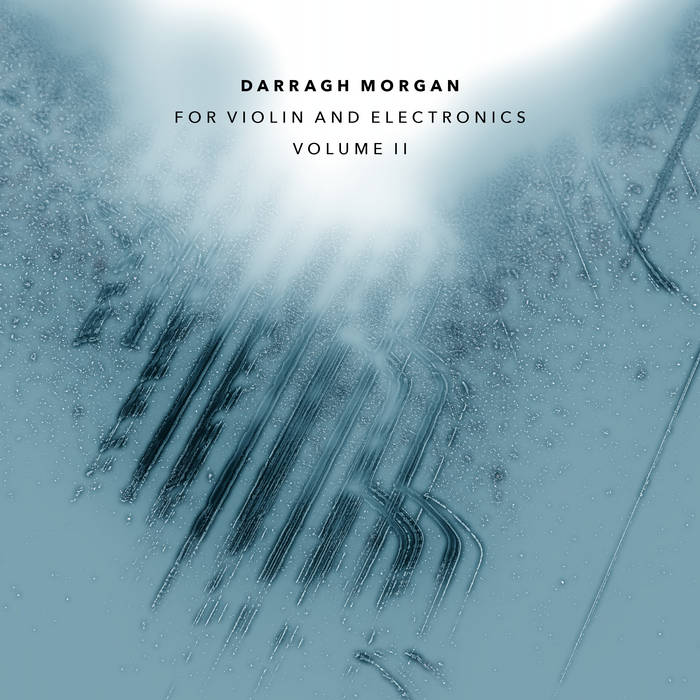Violin is a site of adventure for Darragh Morgan. The Irish violinist performs compositions that unite the instrument’s sweet acoustic timbre with electronics, enhancing and warping its sound. His 2017 record, For Violin and Electronics, first presented this interest through six icy meditations. On For Violin and Electronics II, he follows that experiment with nine more pieces that showcase the versatility of this instrumentation through the eyes of nine different composers.
Uniting strings and electronics isn’t a new concept, but it’s one that continues to offer plenty of leeway for expanding the possible textures and timbres of age-old instruments like the violin. Groundbreaking works like Steve Reich’s Violin Phase, for example, brought the potential of strings and electronics combined to the fore of the 20th century. More recently, albums by artists like Galya Bisengalieva and MIZU meld strings and electronics into textural rhapsody. It’s all about showing how string instruments can serve as a site for innovation.
For Violin and Electronics II embraces and highlights the full range of approaches to this instrumentation, with each piece showing a different compositional style. This is a broader perspective than that of For Violin and Electronics, which favoured eerie and prickly textures. Here, there’s a bit of everything: dissonant clashes between the two voices, Paganini-like riffs, romantic melodies and lush minimalism. In the process, Morgan presents a vision of the breadth of composition for violin and electronics.
Morgan pulls off each approach with ease and his performance remains commanding throughout: He’s equally skilled in playing robust melodies as he is in wavelike patterns or sweet, wispy phrases. And though the electronics teeter between atmospheric hums and bristling howls, they often feel like kindred spirits. Most intriguing might be the moments in which violin and electronics become a chaotic swirl, like on Mira Calix’s ‘just one more thing’, which opens with measured dissonance and blossoms into an otherworldly squeal, or Zack Browning’s ‘Sole Injection’, which pairs jumping violin melodies with random electronic pulses, or Shiva Feshareki’s ‘Zohra’, which bolts from blended brushes into powerful noise.
But while so much of this album is about the push-and-pull between styles, instruments and sounds, sometimes the gentlest moments offer the most space to think. Take Donnacha Dennehy’s ‘Overstrung’ or Irene Buckley’s ‘Liminalis’, two dreamy works that unite the language of the violin and that of electronics into one. In turn, a new world emerges, drawing from so many of the places trekked. In the end, it’s a transformation as much as it’s a journey.


